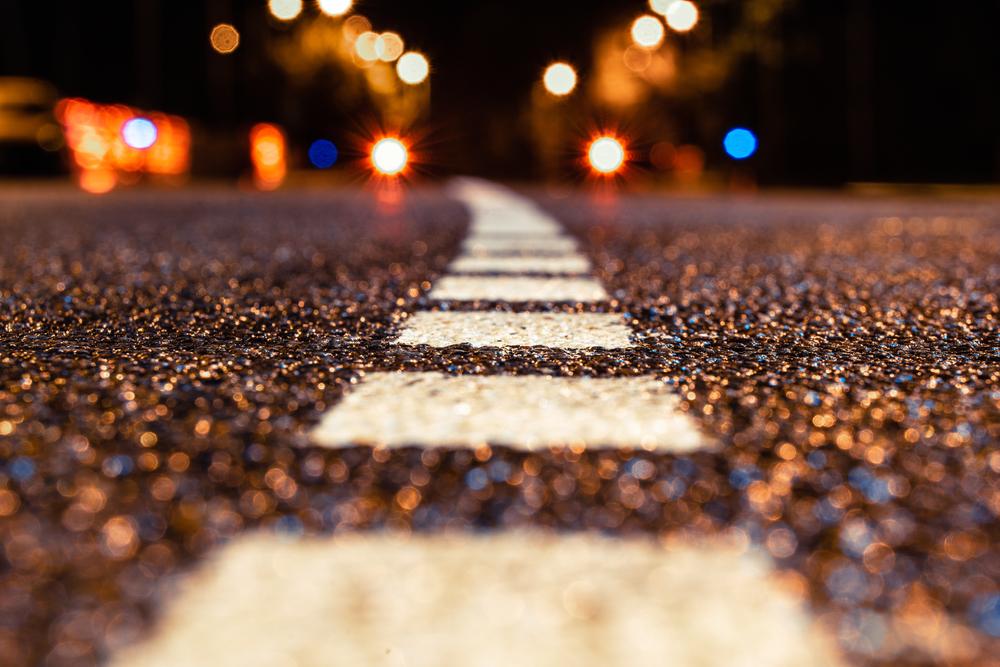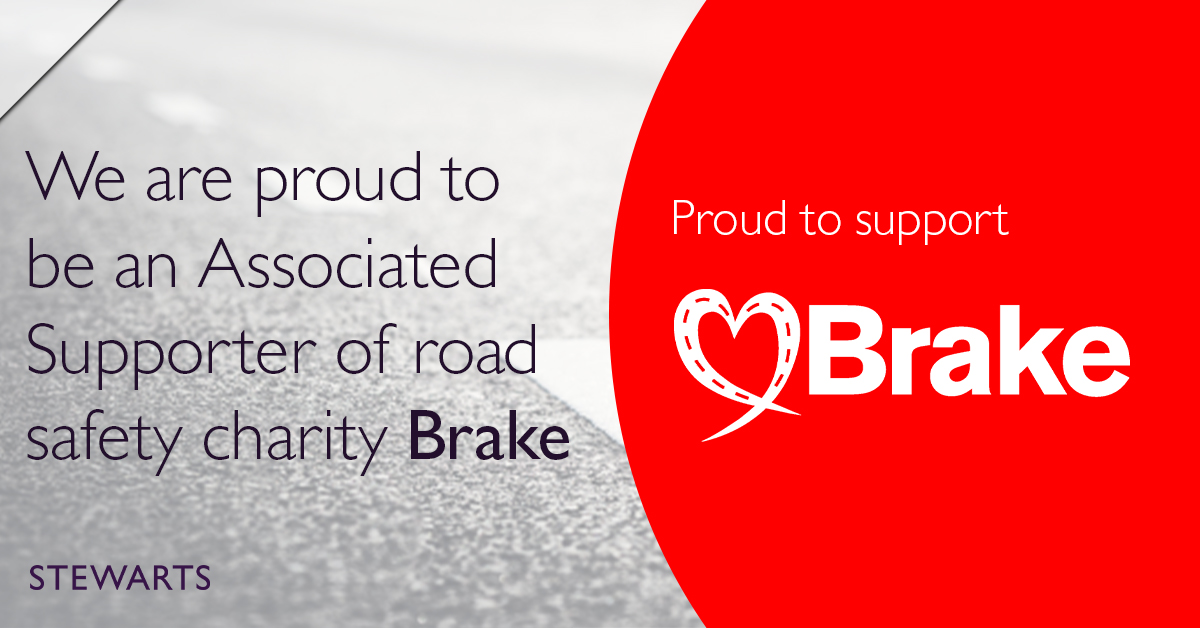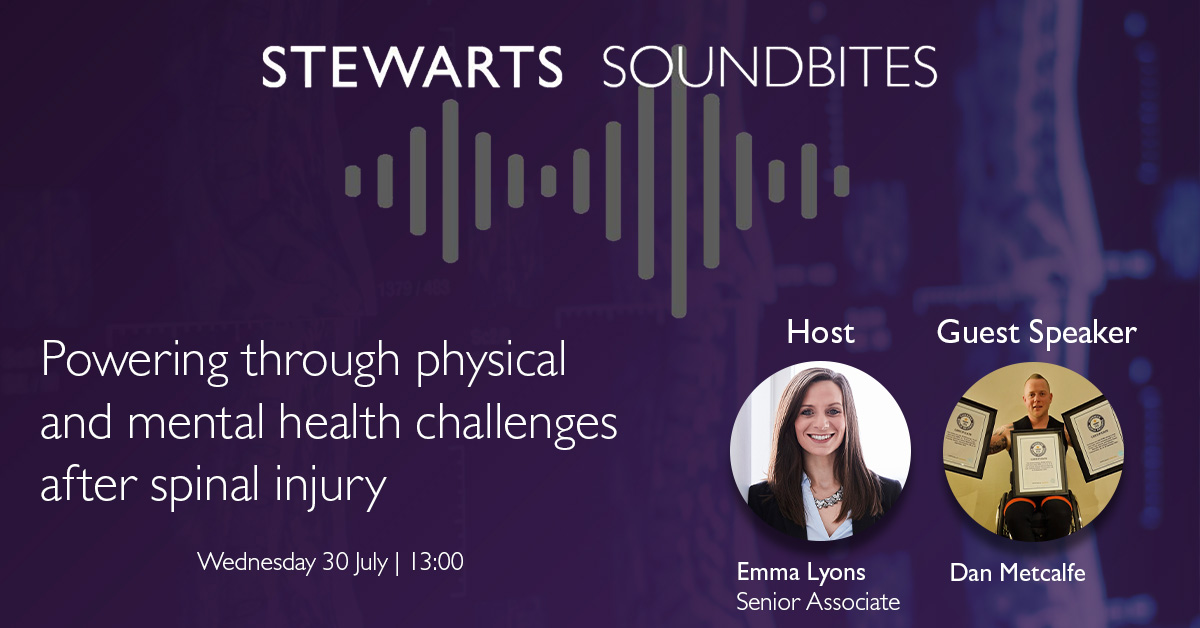Injuries at large music events are not a new occurrence. A questionnaire-based study in Switzerland revealed that 28.8% of concert goers have sustained an injury at a concert. Of these, approximately 34.6% were leg injuries, with contusions and head injuries (33.8%) coming a close second.
While only a small portion of head injuries result in a brain injury, there is scope for debate about how these injuries are sustained and whether event organisers need to take more adequate care to control crowds and protect against serious injuries from happening.
Peregrine Redgrave and Sara Palinska consider these issues in this article.
Crowd crushing incidents in the spotlight
Industry research shows that venues and event organisers pay close attention to the risks and hazards associated with staging a performance. However, the same regard is not always given to crowd sizes and people’s safety in the context of crowd dynamics.
A recent Netflix documentary released in June 2025, Trainwreck: The AstroWorld Tragedy, has brought attention to the issue of crowd control at events. It investigates the 10 deaths and hundreds of injuries that resulted from a crowd crush at Travis Scott’s performance at the AstroWorld Festival in 2021.
A year later, on 15 December 2022, similar overcrowding issues were observed at the O2 Academy Brixton, resulting in two fatalities and one person sustaining a traumatic brain injury from crowd crushing.
Risks and flaws of crowd control
A central reason for the AstroWorld incident was the number of attendees permitted to enter the stage area. Despite an estimated maximum stage capacity of 35,000 people, approximately 50,000 entered (42% over capacity), funnelling in via a single side entrance. Not only was general overcrowding in the area a concern, but waves of people continued to push towards the stage as more people attempted to enter.
The movement and tightening of a large crowd can lead to people feeling unsteady on their feet, losing balance and falling to the ground or feeling constricted, anxious and losing consciousness (referred to as compressive asphyxiation). A fall in a large crowd can result in a pile-up, serious crushing injuries or even fatalities. When this occurs, it can be extremely difficult for a person to get up and/or be carried out of the crowd to a place of safety and receive medical attention.
The Glastonbury Festival 2024 highlights the ongoing concerns of overcrowding and inadequate crowd control at major events. Severe tightening of the crowd led to several performances being paused to allow for crowd evacuation or stopped entirely to prevent crushing. While the tactic of placing a performance on hold to enable crowd dispersion can be effective in an outdoor venue, the same cannot always be said for an indoor venue such as the O2 Academy Brixton.
Indoor venues can also have architectural constraints, such as tight corridors, narrow entryways and stairs. This has the potential to confine people within an inadequate space more rigidly than in an outdoor venue. The risk of falls and serious injury in such venues is high, especially in an evacuation. This is commonly referred to as “the bottleneck phenomenon” and is most noticeable in older venues, which are not necessarily built for purpose with large crowds in mind. Instead, they are adapted as best as possible to meet increasing demand.
The AstroWorld and O2 Academy Brixton incidents also shed light on the difficulty of controlling the number of people attending an event, including the significant number of attendees who lack a valid ticket and enter either by force or by using fraudulent means. Glastonbury Festival suffers from this issue each year, as estimates have suggested that between 10,000 and 20,000 people break into the festival beyond its 210,000-person capacity (constituting 4% to 9% over capacity).
Our work in this area
Injury claims related to event overcrowding issues are not straightforward and benefit from specialist legal advice from solicitors with experience in catastrophic injury cases. Our injury team at Stewarts has extensive expertise in this area of law, including crush injuries at event venues. Our client, Jamie, was one of the people seriously injured at the O2 Academy Brixton in December 2022.
Although Jamie’s matter remains ongoing, some of the key issues in the claim hinge on the lack of adequate safety measures being implemented to prevent severe overcrowding. In England and Wales, when an accident occurs at an event space, the claimant’s solicitors must be able to demonstrate that either the event organiser or the venue operator failed to comply with their statutory duties under the Occupiers’ Liability Act 1957 and, as a result of this negligence, an injury occurred.
The O2 Academy Brixton incident appears, on the evidence obtained to date, to present many of the same problems as the AstroWorld incident, namely:
- An excessive number of people were permitted to enter the venue and remain there without adequate safety precautions being taken to evacuate or control the developing crowd both inside and outside the venue.
- Insufficient risk assessments were undertaken to consider the hazards posed by overcrowding at the venue (or specifically by people who entered without a valid ticket).
- There were insufficient security personnel to control the mass crowds inside and outside the venue.
- Inadequate measures were taken to stop or cancel the event once it was known, or ought to have been known, that dangerous overcrowding was developing or had developed.
- Insufficient steps were taken to ensure that only valid ticket holders entered the premises or to resist unauthorised entry.
- Inadequate measures were taken to ensure that the venue’s fixtures, such as doorways, could adequately resist unauthorised entry if needed.
Scope for more stringent safety measures
We will continue to seek a resolution to Jamie’s claim. In the meantime, event organisers and venues should learn from recent crushing incidents and take more proactive steps to prevent them. This should include considering how many security personnel are needed to control a crowd and reduce the risk of serious injury.
In addition, they should extend their security measures to prevent unauthorised entrants from gaining access and have plans in place that account for attendance beyond the maximum capacity if people do manage to get in.
Unfortunately, we will likely continue to see overcrowding and crushing injuries at large music events. This begs the question about what other safety measures should be implemented to either reduce or eliminate the risk of serious injury. On reflection, greater consideration must be given to the following:
- Conducting adequate calculations and risk assessments to determine the number of people who can safely enter and use the space.
- Ensuring that artists for whom large crowds are anticipated perform in appropriately sized venues.
- Ensuring that sufficient evacuation routes are available and, if necessary, implementing appropriate dispersion techniques.
You can find further information regarding our expertise, experience and team on our Personal Injury page.
If you require assistance from our team, please contact us.
Subscribe – In order to receive our news straight to your inbox, subscribe here. Our newsletters are sent no more than once a month.






